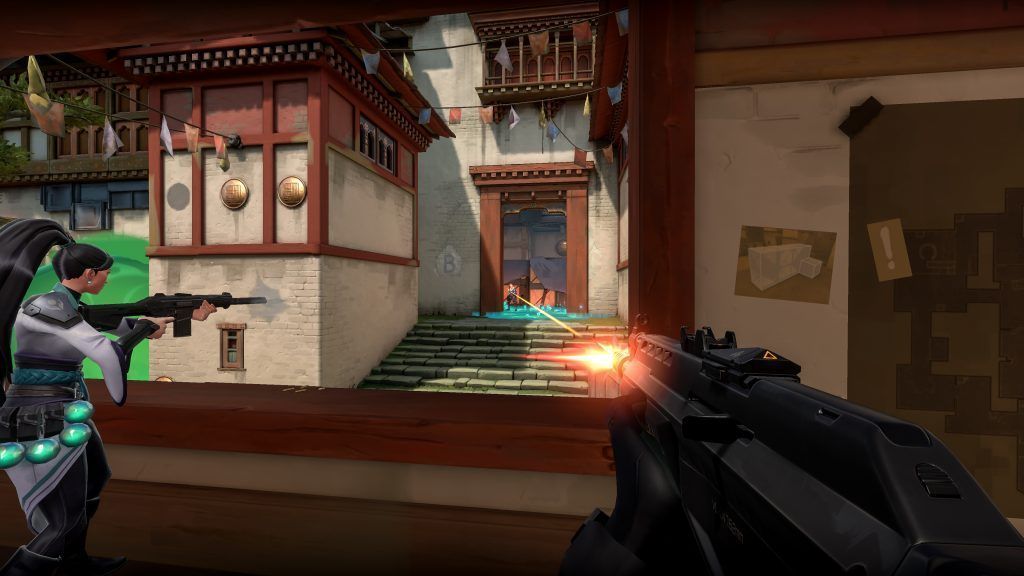If you asked me prior to the release of Valorant whether or not I wanted another slow-paced, mechanics-heavy, competitive five-versus-five, first-person shooter, I would have told you, “We already have Counter-Strike: Global Offensive.”
But after trying Valorant out for the last few weeks, I was pleasantly surprised by how fun, competitive, and refreshing it was to play a brand new FPS game. And I think you should definitely give it a shot.
When Valorant — which was known back then as Project A — was first announced, I was of the mindset that it would be similar to Overwatch, a competitive first-person shooter with gameplay dictated by the heroes of the game. But after hearing that Riot Games brought in mostly former CS:GO pros to try out the alpha, I was shocked.

As a quick disclaimer, I’ve been playing Counter-Strike since it was still a mod for Half-Life, and I’ve spent a lot of time playing Counter-Strike: Source since then and I still play a lot of CS:GO even today.

If you’re like me and you jumped into Valorant from playing years of Counter-Strike, you’ll have a certain level of expectations, but I’m pleased to say that Riot has met all of those expectations for me.
What makes a great FPS game is the gunplay — getting kills too easily will make your playthrough less meaningful, but making it too difficult could become discouraging for players.
In my opinion, Riot did a great job with the gunplay. It actually feels more precise than CS:GO. For example, the spray patterns of most guns in Valorant are identical and consistent — all assault rifles, and submachine guns go straight up, then start swaying from side to side. Unlike CS:GO, players don’t have to learn specific spray patterns for different weapons. And because of this, I know that most of the fights I lost were really because of missed shots, and a lack of situational awareness.
The introduction of agents is what makes Valorant stand out the most. The 11 playable characters all have unique personalities and abilities that add a new layer of strategy and intrigue to every round, without overpowering the gunplay. Riot has also added agent classes, like Controller, Duelist, Initiator, and Sentinel that should help players create a well-structured team. The synergy between certain agent abilities also adds an extra level of strategy that I find really refreshing.
Agents add a new flavor to the FPS experience. Due to the uniqueness of each agent, players need to be mindful of certain situations. For example, if you’re left alone to defend a planted Spike, you should keep in mind what abilities and ultimates your opponents have at their disposal.
Verdict: What makes Valorant appealing, is its unique skill ceiling. There are so many aspects of the game to breakdown, from attacker and defender strategies, what types of weapons to use, peeking angles, wall-banging, map control, and even gimmicky plays and strategies.
And once you add in the excitement of a full-blown esports ecosystem designed — where players can learn more about the game, how to use agents to the best of their abilities, what type of strategies to use to make sure you have the best chances of winning the round, and the thrill of winning and the agony of defeat. All these exciting ideas are what every esports fan wants to witness, and Valorant delivers on all fronts.
READ MORE: The biggest winners and losers of Valorant patch 1.02

